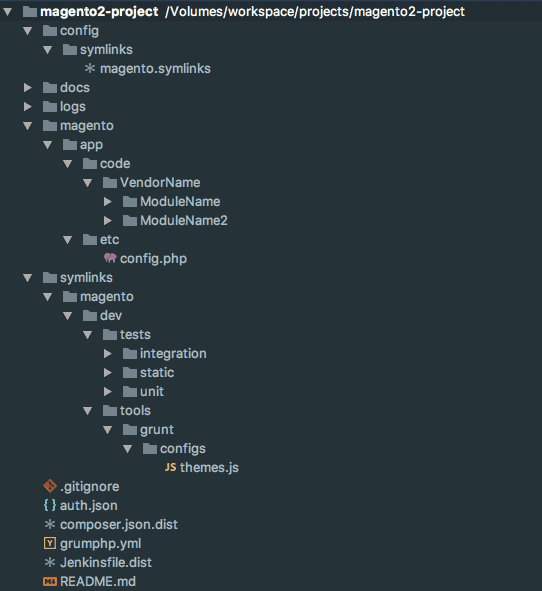

- #SYMLINKER INSTALL HOW TO#
- #SYMLINKER INSTALL UPDATE#
- #SYMLINKER INSTALL UPGRADE#
- #SYMLINKER INSTALL SOFTWARE#
(herein referred to collectively as Links) a folder cloning process that utilises Link Shell Extension (LSE) provides for the creation of
#SYMLINKER INSTALL SOFTWARE#
Support for Junctions in standard Microsoft software offerings is even more limited than that offered for hardlinks. One only makes occasional use of Hardlinks. The command prompt, which can be tedious, especially when Hardlinks to multiple files are required or when Thus, using standard Windows facilities Hardlinks can only be created at Resource Kit, the fsutil command utility included in Windows or my command line They can be created with the POSIX command ln included in the Windows Hardlinks provide the ability to keep a single copy of a file yet have itĪppear in multiple folders (directories). The NTFS file system supports a facility known as hard links Works with register_globals turned off for better security.Last Updated January 16 2021, Version 3.9.3.5.This is because most CMS holds some data which are specific to the individual CMS instances so they must have their own separate directory.
#SYMLINKER INSTALL UPGRADE#
Later when I want to upgrade MediaWiki, I can just rename the target of this symlink to point to a more recent version of MediaWiki.Īs you can see, most of the filenames in this directory are symlinked to mediawiki, but some are not. /apps/mediawiki-1.9.3, the exact version of the MediaWiki installation which I want to use within this directory. I have a special directory, /web/monda/apps where I keep the installations of the CMSes that I use.įirst, I create a symlink with the filename mediawiki which points to. I use the MediaWiki content management system here.
#SYMLINKER INSTALL HOW TO#
To better understand how to set up a symlink farm, take a look at the picture on the right side.

#SYMLINKER INSTALL UPDATE#
You can update the target of the symlinks of the current directory by editing the text fields related to the specific filenames and pressing the update button.You can create a new symlink by entering the filename and the target of the symlink into the upper text fields and pressing the symlink button.You can navigate in the directory tree by using the navigation bar which resides in the top left corner of the page or editing the path argument in the URL.Let's see what operations you can use here: If everything went well, you should see a page that resembles the picture that you can see on the right side. Symlinker will ask you the login password, so enter it correctly and log in. This will be your default path after login.įirst, point your browser to the URL where you put symlinker.php. You may also set the $default_path variable in the beginning of symlinker.php. This will be your login password that Symlinker will ask you upon login.ģ. Set the $password variable in the beginning of symlinker.php. Download symlinker.php and put it somewhere under your webspace.Ģ. This scenario is a perfect one where Symlinker comes handy.ġ. Unfortunately it's not possible to handle symlinks with FTP because the FTP protocol doesn't have such commands that operate on symlinks. You can solve this problem by placing the directory structure of your CMS in only one directory and symlink the individual CMS instances that you want to use to point to this particular directory. Such an installation traditionally involves duplicating the complete directory structure of your CMS, but that may take much disk space and it's painful to upgrade the individual installations this way. You probably use a content management systems (CMS) on your site and you may want to make multiply installations of the same CMS. Unfortunately most of them only provides you FTP to upload your files to their servers which imposes several restrictions on you. There are many PHP hosting providers nowadays. Symlinker is a minimalistic file manager that is built to primarily operate with symlinks.


 0 kommentar(er)
0 kommentar(er)
